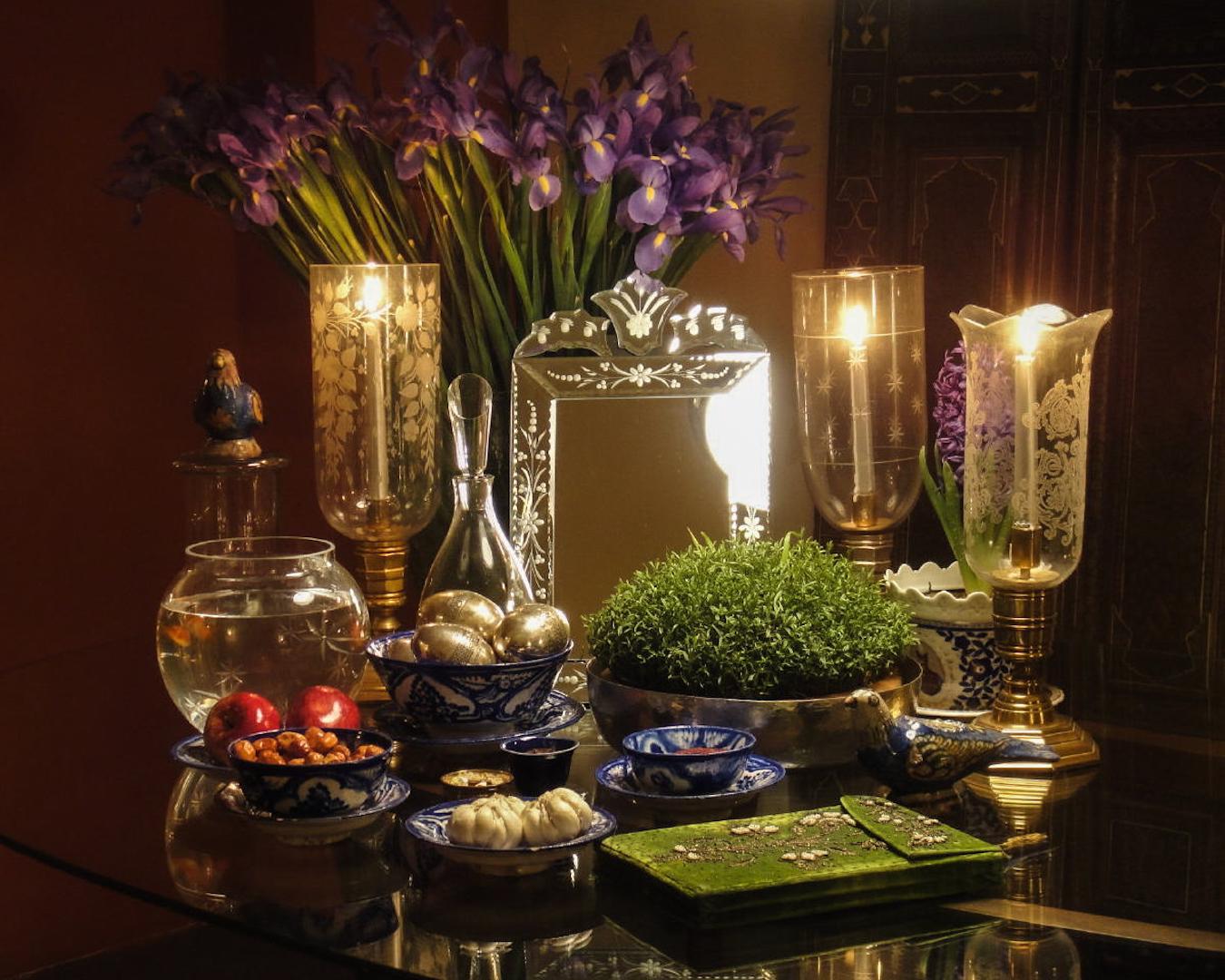Happy Persian new year, Nowruz: It’s time to build a Haft Sin – and you can use mämmi as a supplement

Hamide Sedaghat
Riband Kurd, Hamide Sedaghat
Published 20.03.2024 at 11:11
Updated 20.03.2024 at 11:13
Nowruz is celebrated in Iran and some other countries such as Afghanistan, some parts of Pakistan, Tajikistan, and the Kurdish population in Turkey, Iraq, Syria, and also among the Iranian community in Finland.
Watch the video to see Nowruz celebrations in Helsinki and to learn how to build a Haft Sin, a traditional tabletop decoration with seven items starting with the letter S.
Nowruz has its roots in traditional spring celebration
Nowruz is celebrated on a day of spring equinox, the day when the sunlight is equally divided between the northern and southern hemisphere. Usually, spring equinox occurs on 20th or 21st of March.
Spring equinox resembles the beginning of spring and return of the sunlight after winter. This can be seen also in the word Nowruz, which translates to “new day”.
Nowruz is based on a solar calendar, in which each year has 365 days and six hours. Traditionally Iranians start celebrations at the exact time of the change of the year, no matter if it is midnight, in the morning, afternoon, or at night.
This year, Nowruz began at 5:06 AM Finnish time, or 6:36 AM Iranian time.
Nowruz is the most important public holiday in Iran. It is celebrated for 13 days. Most schools and offices are closed, people visit friends and family. The final day, 13th of the first month of spring, is the nature day, when people go to have a picnic in nature.
Weeks of preparations, food in spotlight
Iranian families usually prepare for Nowruz couple of weeks in advance. They start with a tradition of cleaning houses which is called Khuneh Tekuni.
Then, in the evening of the last Wednesday before the Nowruz, there is an ancient Persian festival which is called Chaharshanbe Suri. This celebration, rooted in Zoroastrianism, symbolizes the triumph of light over darkness and purity over pollution.
Participants leap over bonfires, chanting for vitality and health, in a vibrant tradition blending cultural heritage with communal joy.
Food is also a big part of the celebrations. There are some traditional dishes to celebrate Nowruz, especially the dinner before Nowruz. For instance, Sabzi polo ba mahi (herbed rice with fish) is one of the most popular dishes.
The most important symbol of Nowruz is Haft Sin, a very colourful and elegant tabletop decoration. The words Haft Sin in Farsi language combines the meanings of seven and letter S. In Haft Sin, seven items are collected, of which each represents an important symbol of life. You can learn more about Haft Sin from the video on this article.
Iranians in Finland celebrate Nowruz as well
In Helsinki and some other big cities, events are held around Nowruz. Before Nowruz, it’s possible to buy Iranian sweets, dried nuts and other items needed for Nowruz, such as ingredients for Haft Sin.
In other events, Persian songs are played, and Iranians celebrate Nowruz with dances related to different cities of Iran.
The proximity of Nowruz and Easter time and its ceremony helps Iranians in Finland to prepare some items needed for Haft Sin. For example, they can find Sabzeh (wheat sprouts) and decorated eggs in shopping centers.
They also might use mämmi as a supplement to Samanu (sweet pudding).